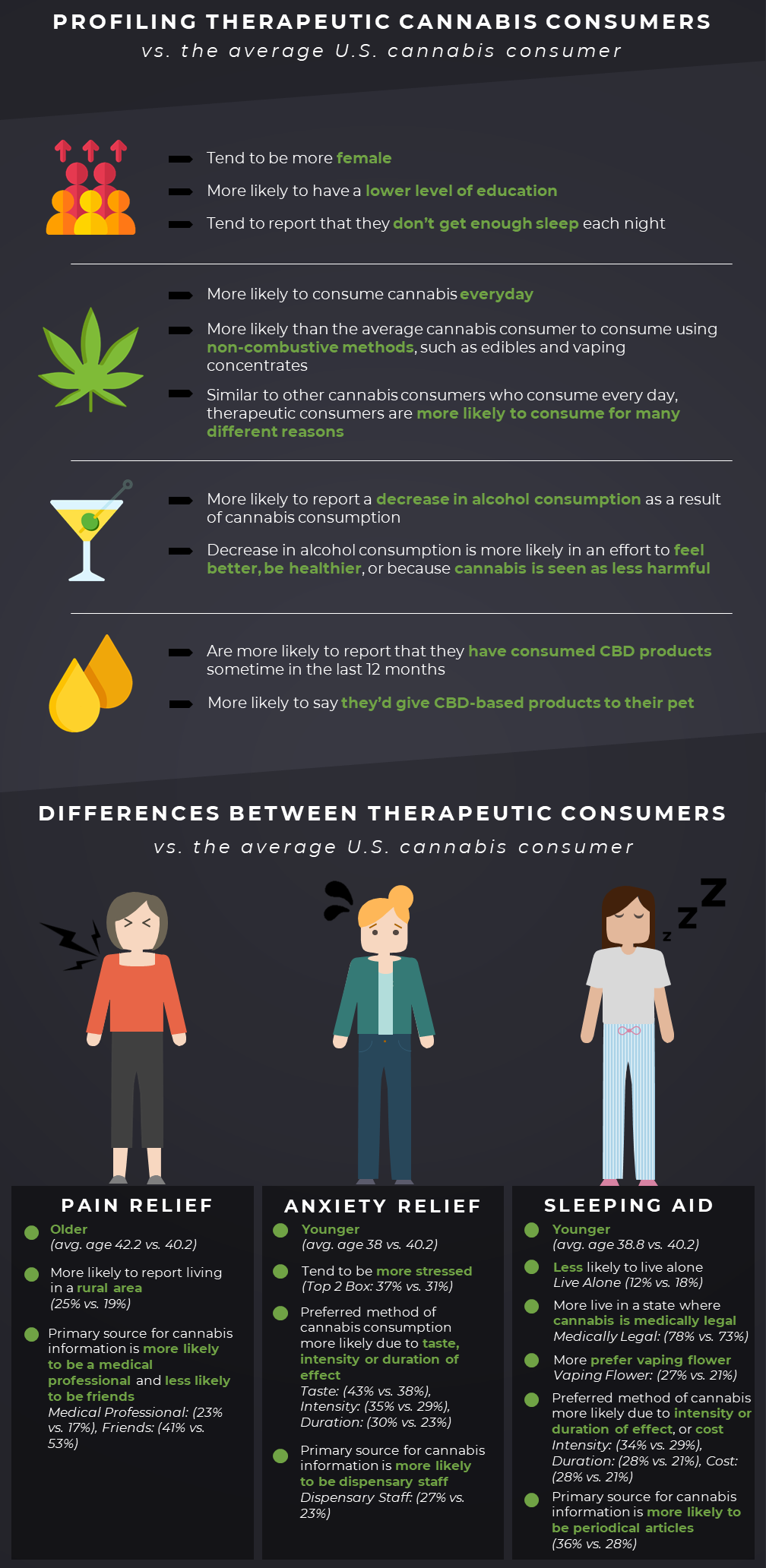Each year, around 30,000 new products enter the market. Nearly three-quarters of them will fail to sustain or grow sales within two years. So, how can a brand give a new product the best shot at success and make sure it reaches the right audience in a saturated market?
The solution is not to treat all customers equally, but to focus your product on a well-defined market segment with specific needs and preferences.
Reaching this level of precision requires proper market segmentation. It enables brands to concentrate their product development and marketing on the people most likely to buy.
What is market segmentation?
Market segmentation is the process of dividing a broad customer base into smaller groups that share common traits. This allows brands to tailor products and messaging to match each segment’s priorities and increase the likelihood of product-market fit.
Most brands lack the budget or infrastructure to reach a mass market. Instead, they must concentrate their efforts on well-defined segments where marketing spend is more likely to generate returns.
Segmenting the market helps brands understand why people buy, so they can make smarter investments with more substantial returns.
The narrower the audience, the higher the chance of successful adoption. Instead of pitching to a general market, segmentation allows you to place the product directly in front of people already looking for a solution.
Benefits of market segmentation
Effective market segmentation provides customer insight that drives better product design, smarter marketing, and long-term business growth.
● Product development: Narrow segments reveal unmet needs. When a product speaks directly to those needs, competition is often limited or irrelevant.
● Business growth: A deeper understanding of different market segments enables brands to expand strategically. Whether by entering new geographic markets, introducing complementary products, or developing new offerings for overlooked audiences, segmentation lays the groundwork for scalable growth.
● Optimized marketing: Market segmentation gives marketing teams the insight to tailor messaging across channels. It also supports smarter media decisions, helping reduce costs while increasing campaign effectiveness.
● Smarter distribution: Understanding your audience’s shopping habits helps refine distribution strategies. This can lead to lower logistics costs, better inventory planning, and stronger alignment between product availability and customer demand.
● Customer retention: Segmentation builds loyalty by showing customers you understand them. When products and messages reflect their needs, buyers are more likely to return—and to advocate for your brand.
Brands that invest in understanding their customers gain a competitive edge. With the right segmentation strategy in place, they are better positioned to increase market share and improve profitability.
Stay ahead
Get regular insights
Keep up to date with the latest insights from our research as well as all our company news in our free monthly newsletter.
![]()
The 4 Types of Market Segmentation
Types of Market Segmentation
There are four core types of market segmentation, each offering a distinct way to categorize customers based on shared traits. Understanding these types helps brands identify which audiences are most likely to respond to a product or message—and how to reach them effectively. For a deeper dive, see our guide to market segmentation.
Geographic segmentation
This approach groups customers by physical location, from entire regions down to neighborhoods. It’s particularly useful when products or services vary by climate, infrastructure, or local culture.
Geographic segmentation works well for industries influenced by weather patterns (like apparel or lawn care) and regional preferences (such as cuisine, sports, or recreational habits). Common variables include country, state, city, zip code, population density, and primary language.
Demographic segmentation
Demographic segmentation focuses on measurable factors such as age, gender, income, education level, marital status, family size, occupation, religion, nationality, or political affiliation.
This is one of the most commonly used methods because demographic data is relatively easy to obtain. A brand might, for example, target married men aged 30 to 40, earning over $100,000, who own a home and work full-time. However, while demographic segmentation provides a solid foundation, it often lacks nuance. That’s why it is frequently combined with other types for greater specificity.
Firmographic segmentation
For B2B brands, firmographic segmentation works much like demographics do in consumer markets. Instead of grouping people, it classifies organizations by attributes such as company size, industry, revenue, location, or number of employees.
This type of segmentation helps businesses tailor their messaging and offerings based on the structural characteristics of their target clients. For example, a software company may target mid-sized manufacturing firms in the UK with a specific compliance feature relevant to that sector.
Firmographics are often used in tandem with behavioral or needs-based segmentation to identify high-value accounts and shape effective B2B marketing strategies.
Psychographic segmentation
This method divides customers based on lifestyle, values, interests, personality, or social status—factors that aren’t easily captured through demographic data alone.
Psychographic segmentation requires more effort to execute. Brands typically gather this data through qualitative research methods such as surveys, interviews, focus groups, or social media analysis.
Once shared traits are identified, brands can build messaging that resonates on a deeper emotional level. For example, “We help busy moms who want to prepare home-cooked meals in under 30 minutes” is a psychographic profile distilled into a positioning statement. This type of segmentation is often layered on top of demographics to create more distinct customer profiles.
Behavioral segmentation
Behavioral segmentation is built around observed actions during the customer journey. It examines how people interact with a product or service—when and why they buy, how often they use it, and what makes them stay or leave.
Key behaviors include acquisition triggers, usage patterns, frequency, retention, and repeat purchases. While complex to implement, this approach often reveals unmet needs or high-value segments. It’s especially useful for identifying opportunities to refine existing products or launch new ones that match how people actually behave, not just how they describe themselves.
Advanced segmentation methods
In some cases, brands need more sophisticated techniques beyond the four foundational types—especially in data-rich or B2B contexts.
Statistical clustering methods, like k-means and latent class analysis, use algorithms to form segments based on actual customer behavior. These data-driven techniques go beyond assumptions and can reveal patterns not visible through traditional segmentation.
Today, many marketing teams rely on segmentation software to automate this process, generate real-time dashboards, and connect insights directly to product and campaign decisions.
For more on how to structure your segmentation strategy, explore our guide to market segmentation.
How to validate a segment
Not all market segments are worth pursuing. For a segment to be useful, it needs to be clearly defined, distinct from other groups, and grounded in actual consumer behavior. Before you commit resources to a product or campaign, test the strength of your proposed segment by answering the following:
- What does this segment value most in a product like ours?
- What is the primary reason they choose to buy?
- What does their buying journey look like—including the platforms, features, and content that influence their decision?
These answers should be based on research, not assumptions. Anecdotes, internal opinions, and gut instincts are rarely reliable enough to guide segmentation decisions.
If you can answer these questions with clarity and supporting evidence, the segment is likely actionable and profitable. If not, the market may be too broad, too vague, or not yet well understood. In that case, you’ll need to refine the segment further or return to the research stage.
How to Segment the Market for a New Product
Segmenting the market for a new product involves two core stages: identifying customer segments and developing a go-to-market strategy. Each requires careful thought and disciplined research.
Customer Segments
Start by defining your objective. Are you launching a new product, refining an existing one, or seeking more profitable customers?
Next, choose the segmentation type—or a combination—that best suits your goal. Consider whether your proposed segment is viable. Is the audience too broad to target effectively, or too niche to support sustainable growth?
Gather evidence, including both quantitative data and qualitative insights. The research stage is foundational. Skipping it or cutting corners increases the risk of missing the mark.
Once you’ve identified and analyzed your target segment, use your findings to shape product development or positioning. Then, test your assumptions. Run surveys, conduct focus groups, or use polling to validate your offer or message with real members of the segment.
Go-to-Market Strategy
Build a launch plan aligned with your target audience’s preferences, needs, and behaviors. Be sure to implement tracking from the outset to measure conversion and performance.
As the campaign unfolds, monitor results and refine your approach. Marketing software can support this process by automating customer segmentation and surfacing insights through real-time analytics and visualization tools.
Market Segmentation Best Practices
Even with the right research, market segmentation can go off course. To maximize your impact, watch for these common pitfalls:
● Unaligned segments
The markets you target must align with your brand’s strategy and structure. Avoid reshaping your core offering just to fit a segment that doesn’t reflect your long-term direction.
● Segments that are too broad
Overly wide segments invite stronger competitors to carve out more defined niches. A narrow, well-understood segment often outperforms a diluted one.
● Segments that are too narrow
Targeting a group that’s too specific may limit your growth and reduce the return on your investment.
● Chasing too many segments
While it’s tempting to pursue every opportunity, spreading resources across too many audiences can weaken execution and reduce overall impact.
● Targeting people, not value
A segment may seem attractive on paper, but it won’t deliver returns if the audience lacks buying power. Focus on segments that offer both alignment and revenue potential.
● Neglecting updates
Consumer behaviors change fast, and segments that once performed well can quickly become outdated. Revisit your segmentation strategy regularly to stay relevant and competitive.
Market segmentation works when it’s grounded in real data, clearly defined, and continuously refined. It’s not complex, but it does require commitment. When done well, it creates deeper customer understanding, sharper positioning, and smarter decisions that drive growth.
Apply the Same Logic to your Marketing Strategy
Segmentation isn’t just for customers. The same principles apply to your digital marketing strategy—particularly when it comes to SEO and performance tracking.
Just as you break down your market into distinct groups, you can segment your website traffic, keyword targets, and content themes to sharpen analysis and improve ROI. Grouping your content by audience type or buying intent makes it easier to identify what’s working, what needs attention, and where to scale.
Segmentation at this level ensures your insights aren’t just sitting in a report—they’re guiding action across your marketing funnel.
Ready to Segment Smarter?
At Kadence, we help brands uncover the insights that matter most—so they can segment with precision, launch with confidence, and grow with purpose. Whether you’re refining an existing strategy or exploring new opportunities, our team brings the research, rigor, and global perspective to move your market forward.
Get in touch to see how we can support your next product launch or segmentation challenge.












 Senior Marketing Executive
Senior Marketing Executive Sales & Marketing
Sales & Marketing Vital Strategies
Vital Strategies
 Customer Intelligence Director
Customer Intelligence Director